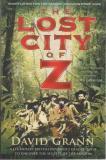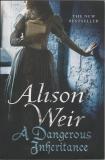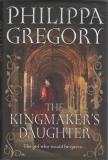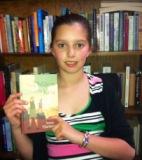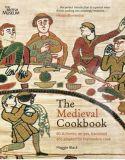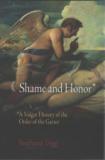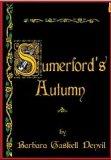Last night I was able to attend a Ricardian event of a special nature: the launch of Isolde Martyn’s latest historical novel Mistress to the Crown, about Elizabeth Lambert, aka Jane Shore, one of Edward IV’s mistresses.
We arrived early, but Shearer’s Book Shop in Leichhardt was already packed. The New South Wales branch was extremely well represented to see the new book of its former chairperson launched, but even they were far outnumbered by Isolde’s other fans.
After buying my copy of the book, I queued to have it signed by Isolde before the official launch started. It was nice to see that someone thoughtfully had presented her with a bouquet of white roses. Though the area among the shops shelves was a bit cramped (not to mention the heat), we were very well looked after with drinks and finger food.
The official part began by a man playing the flute, then the publisher said a few words. The book itself was introduced by Carole Cusack, Professor at the University of Sydney, who is very well known to us as she has given talks to our branch. Carole stressed Isolde’s immaculate historical research and that virtually all the characters of the book are historical characters. A short look through the Dramatis Personae confirms this, the only fictional characters are servants, whose names are rarely recorded, as well as some friends of Elizabeth’s, though their surnames are very familiar.
Then Isolde thanked her friends and family for their support while she was writing this book. And of course she also mentioned that for us members of the Richard III Society this was an especially exciting time as on Monday we would learn whether Richard’s remains have indeed been found.
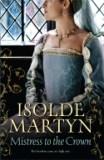 The event was very festive and we hope that the amount of interest in the launch will reflect the interest the book will receive among all readers.
The event was very festive and we hope that the amount of interest in the launch will reflect the interest the book will receive among all readers.
The only complaint I have in connection with the event is about the attitude of the lady at the cafe at the back of the shop, who seemed intent of making everyone feel as unwelcome as possible. As soon as the official part and the speeches began, she started cleaning up, which made it for those of us standing towards the back very hard to actually hear what was being said. Hardly the way to treat potential customers. May I advise her to read some of the excellent posts on sites such as Preisless Consulting?
And now for the most exciting part – reading Mistress to Crown!

